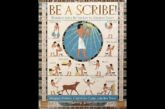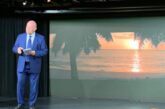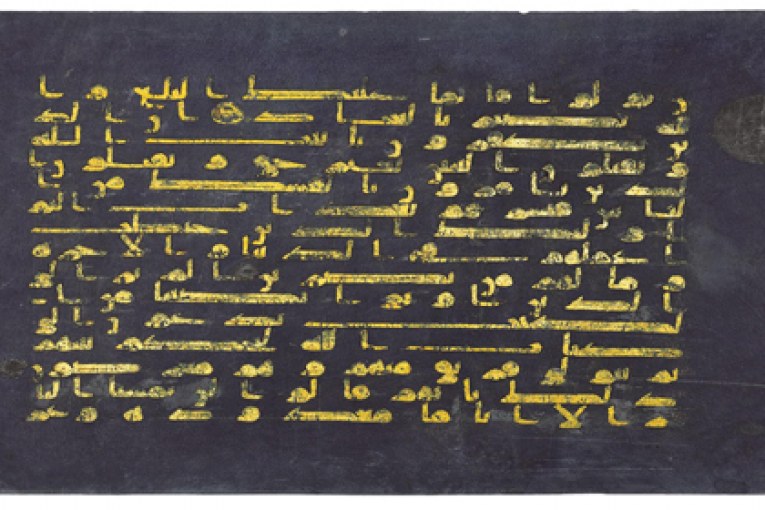
aTP- Arab tourism portal News- London – The auction of the Art of the Islamic & Indian Worlds on 27 April will offer a page from only two known Kufic Qur’ans ever published on blue vellum with gold calligraphy. A work, which has been undertaken in the 9th century, most probably in Tunisia for a patron of considerable wealth and ambition, considering the usage of gold and the choice of support (estimate: £100,000-150,000).
The inventory of the library of the Great Mosque of Qairawan mentions manuscripts copied in gold on black-blue dyed vellum.
It is not totally clear if the inventory mentions one or two examples as it suffered some damage.
blue-quran-will-lead-christies-spring-auction-art-islamic-indian-worlds/a74dc9b3d1ea8e5a_org/" rel="attachment wp-att-220422">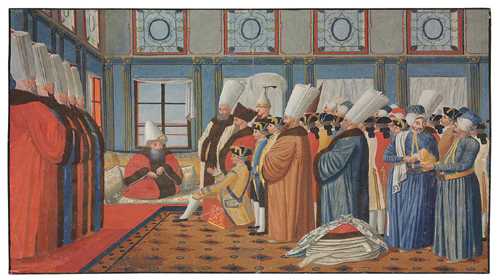
In most probability, there are mentions of two manuscripts, of which one is described as in seven sections, in the large format, written in gold, in kufic script, on blue-black vellum.
This description sounds temptingly close to the page which will be offered for auction end of April.
The usual abjad system is not employed here; instead, a slight modification of this alphanumeric system, favoured in the Maghreb, is used.
The use of a grid for the text, visible on some folios, also strengthen the link to the western Islamic world. This leaf contains part of the third sura – “the family of Imran”.
Over the course of the last century, the provenance of this now iconic manuscript has been much debated.
blue-quran-will-lead-christies-spring-auction-art-islamic-indian-worlds/94b4202e05eb7493_org/" rel="attachment wp-att-220423">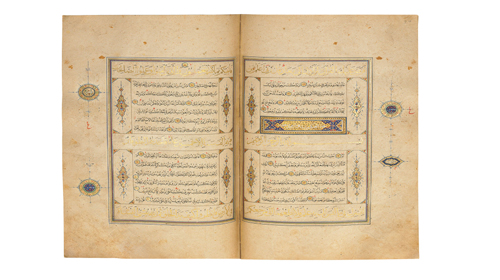
The use of the indigo blue dyed vellum was intended to mimic the purple stained luxury of Imperial Byzantine manuscripts, whilst the dyeing of vellum was probably current in the Islamic period in the 9thand 10thcentury there was no longer any direct access to the murex dye needed to produce the purple colour. As a result Indigo imported from India was substituted.
The folios of this manuscript have now undergone a considerable diaspora, although the largest sections are in the national museums of Tunis, the earliest known pages brought to Western attention were bought by F.R. Martin in Istanbul in 1912, although the current location of these leaves is unknown.






